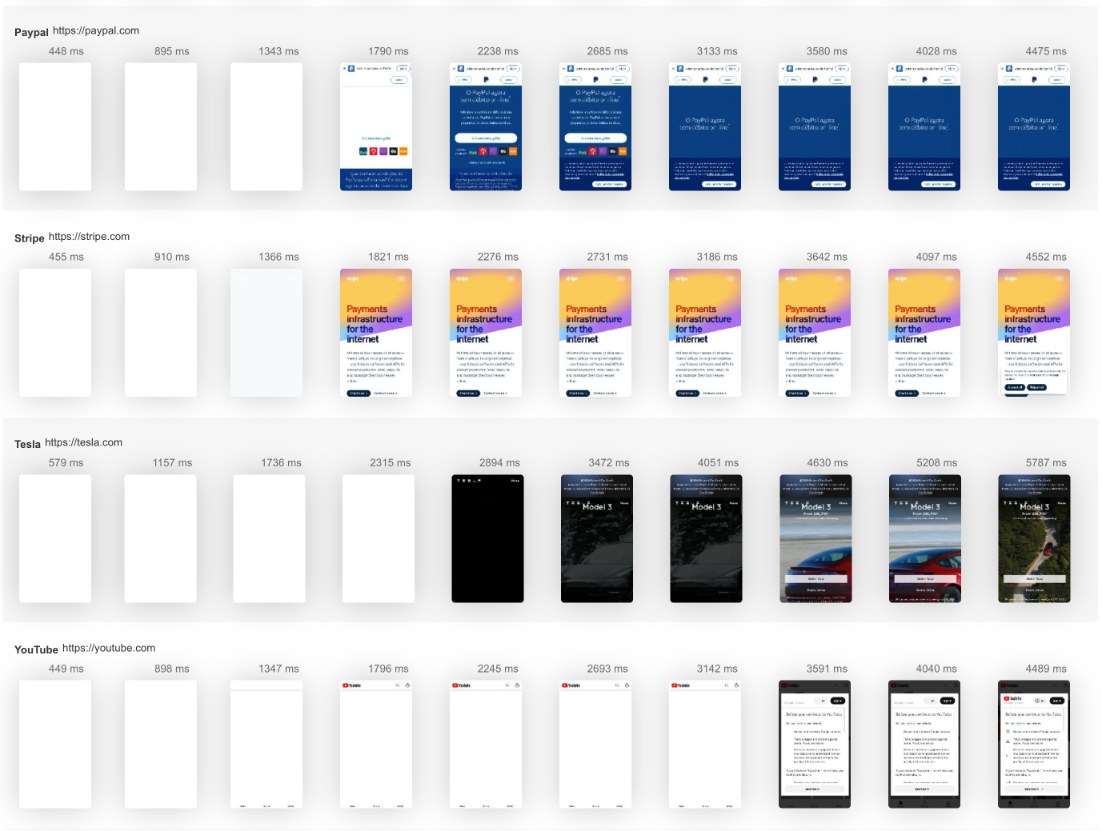Concurrency Testing for High-Volume API Request Handling
Concurrency Testing for High-Volume API Request Handling is designed to simulate thousands of concurrent users making API requests, ensuring your backend remains stable and responsive under extreme load. This template provides a structured approach to measure API performance, detect bottlenecks, and optimize request handling efficiency.
What is API Concurrency Testing?
API Concurrency Testing is the process of simulating multiple simultaneous API requests to evaluate the system's ability to handle high-volume traffic efficiently. Using LoadFocus (LoadFocus Load Testing Service), you can execute concurrency tests with thousands of virtual users from over 26 cloud regions. This ensures that your API performs optimally under peak load conditions.
This template is designed to guide you through running, analyzing, and optimizing API performance under concurrent user activity.
How Does This Template Help?
This template provides a step-by-step approach to configuring and executing concurrent API tests, ensuring your backend can handle high traffic without failures.
Why Do We Need API Concurrency Testing?
APIs are the backbone of modern applications, and handling a high volume of concurrent requests is critical to system stability. This template helps in:
- Identifying Bottlenecks: Pinpoint slow database queries, inefficient code, or infrastructure limitations.
- Ensuring Reliability: Validate that your API can serve concurrent requests without degradation.
- Optimizing Performance: Tune API response times and ensure load distribution is effective.
How API Concurrency Testing Works
This template enables structured concurrency testing by simulating real-world user behavior and measuring API performance under load.
The Basics of This Template
The template includes predefined scenarios, response time tracking, and key success metrics to evaluate concurrency performance.
Key Components
1. Scenario Design
Define common API request patterns, such as authentication, data retrieval, and transaction processing.
2. Virtual User Simulation
LoadFocus allows you to configure thousands of concurrent users to mimic real-world API usage.
3. Performance Metrics Tracking
Monitor response times, request throughput, and error rates.
4. Alerting and Notifications
Set up alerts for high response times, timeouts, and failures.
5. Result Analysis
Analyze API behavior under load using LoadFocus dashboards and logs.
Visualizing API Performance
With LoadFocus, you can monitor API response trends, identify latency spikes, and optimize backend performance.
Types of Concurrency Tests for APIs
This template supports various concurrency testing methodologies.
Load Testing
Measure API behavior under expected user traffic.
Stress Testing
Determine API limits by pushing beyond normal operational capacity.
Spike Testing
Simulate sudden surges in requests to test API elasticity.
Endurance Testing
Run prolonged high-volume API requests to uncover memory leaks and resource exhaustion.
Scalability Testing
Gradually increase concurrent users to test API scalability.
Monitoring API Concurrency Test Results
Use LoadFocus real-time monitoring to track request success rates, response times, and infrastructure health.
Best Practices for API Concurrency Testing
- Use Realistic User Flows: Simulate actual API usage patterns.
- Automate Tests: Run scheduled API tests for continuous validation.
- Optimize Request Handling: Tune server configurations to improve concurrency performance.
- Alert and Monitor: Set up real-time notifications for API failures.
How to Get Started with This Template
Follow these steps to run API concurrency tests effectively:
- Import the Template: Load it into your LoadFocus project.
- Define API Requests: Identify high-traffic API endpoints.
- Configure Virtual Users: Set concurrency levels matching peak traffic expectations.
- Execute Tests: Run tests and monitor API performance.
Why Use LoadFocus for API Concurrency Testing?
LoadFocus offers an efficient, scalable approach to concurrency testing with:
- Multi-Region Testing: Validate API performance across global cloud regions.
- High Scalability: Simulate thousands of concurrent users effortlessly.
- Advanced Monitoring: Gain detailed insights into API response behavior.
- Seamless Integration: Integrate with DevOps workflows for continuous testing.
Final Thoughts
This template equips teams with the tools to proactively test API concurrency and optimize backend performance. Using LoadFocus, you can ensure that your APIs remain reliable and performant under high traffic loads.
FAQ on API Concurrency Testing
What is the Goal of API Concurrency Testing?
To ensure APIs can handle multiple simultaneous requests efficiently.
How Often Should I Run Concurrency Tests?
Regularly, especially before major releases or traffic spikes.
Can This Template Be Used for Microservices?
Yes, it supports microservices-based architectures.
What Metrics Should I Monitor?
API latency, request throughput, success rates, and failure patterns.
Can LoadFocus Run Global API Tests?
Yes, LoadFocus supports testing from 26+ cloud regions.
How Do I Optimize API Performance?
By analyzing test results, adjusting server configurations, and scaling resources.
How fast is your website?
Elevate its speed and SEO seamlessly with our Free Speed Test.You deserve better testing services
Effortlessly load test websites, measure page speed, and monitor APIs with a single, cost-effective and user-friendly solution.Start for free→